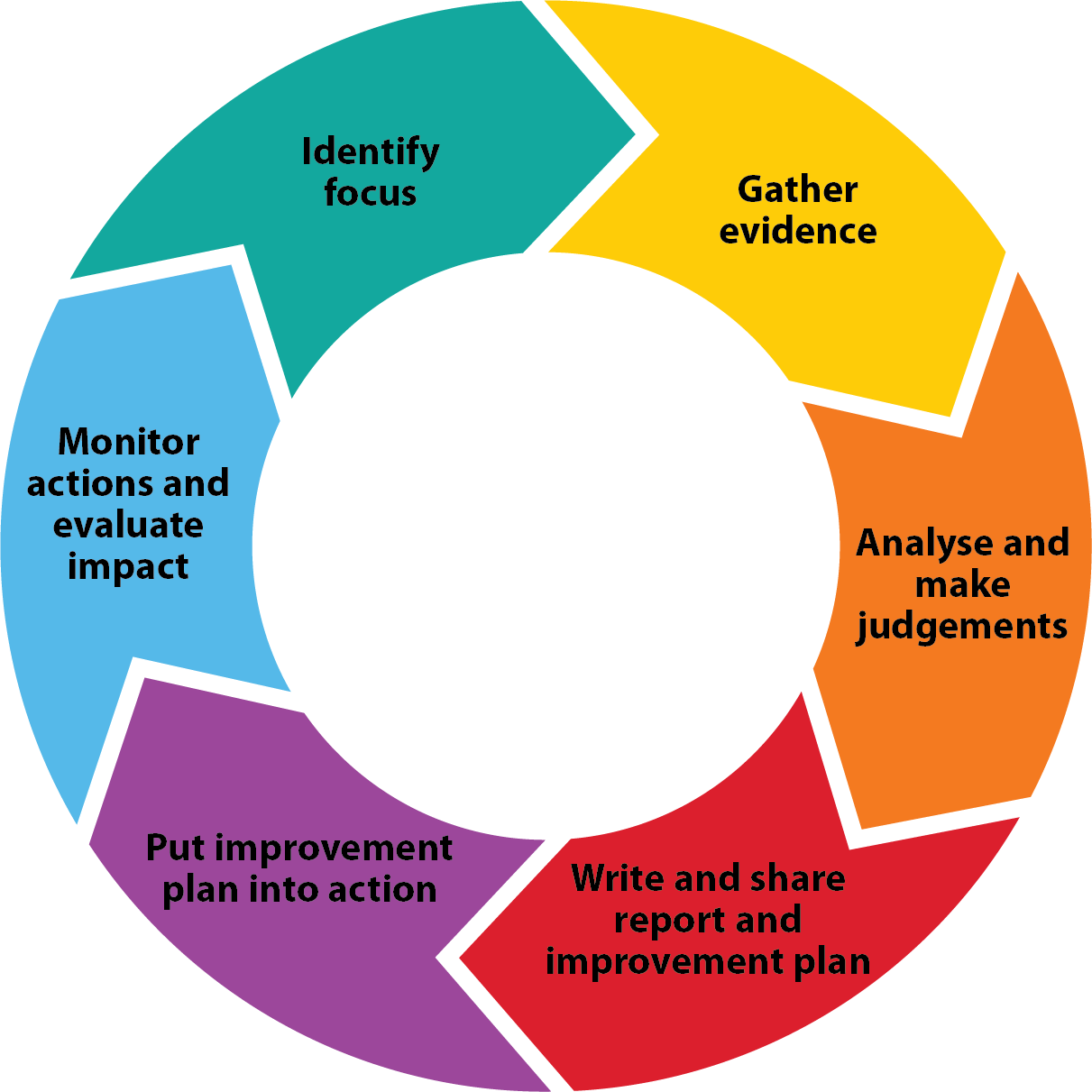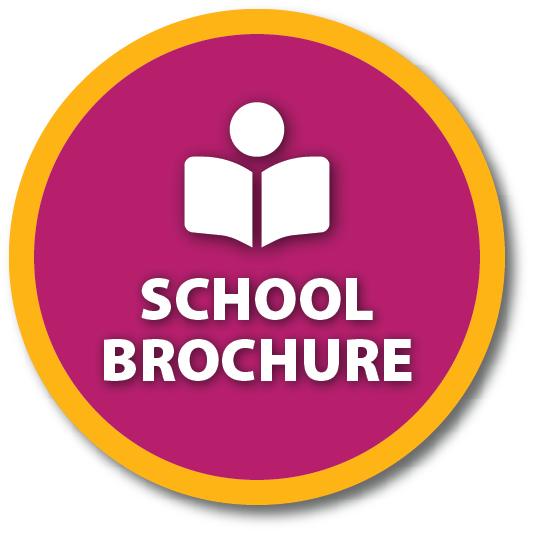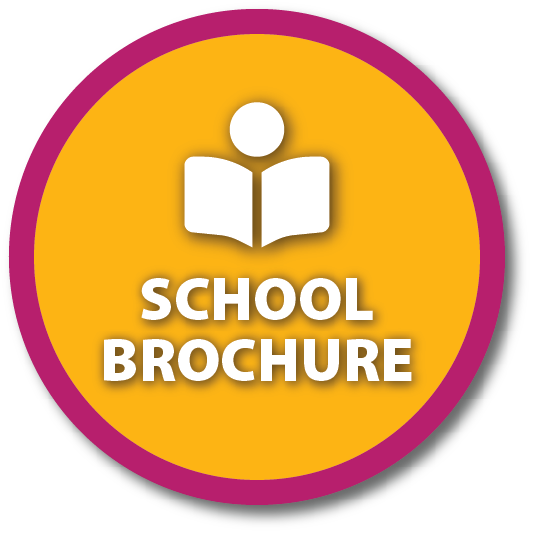School Self-Evaluation
School Self-Evaluation (SSE) is an ongoing process in Presentation Girl’ School. We are continually striving to improve our practices so that our pupils have the best possible educational experience while they are in primary school. Every few years, as a school community, we identify a focus for our school self-evaluation, and we spend several years on this area until the improvements are embedded in our practice and the benefits are evident for our pupils.
SSE is a collaborative, inclusive, and reflective process of internal school review. It is an evidence-based approach that involves gathering information from a range of sources, and then making judgements. All of this is done with a view to bringing about improvements in students’ learning. It is a six step process as illustrated in the diagram below.

Step 1: Identify Focus
In this step, schools identify a curricular area or an aspect of teaching and learning that they wish to investigate. This will be based on their sense of their own context and where they feel their school might profitably explore the potential for improvement.
Step 2: Gather Evidence
The types of evidence gathered will depend on the focus of the SSE. Evidence is collected from a variety of sources, including teachers, pupils, parents and school management.
Step 3: Analyse and Make Judgements
In this step, the evidence collected in step 2 is analysed. Schools then use the statements of practice to make judgements on the aspects of provision that are already effective and identify those areas that need to be improved.
Step 4: Write and Share Report and Improvement Plan
In this step, the school prepares a short report and School Improvement Plan, based on the strengths and areas for improvement identified in step 3. The plan details the improvement targets and the actions that will help the school to bring about the improvements. The School Improvement Plan is shared with the school community.
Step 5: Put Improvement Plan Into Action
This is the most crucial part of the six-step process. This is where, individual teachers, subject departments and school leaders implement the agreed actions to bring about the desired improvement. This step will look different in every school.
Step 6: Monitor Actions and Evaluate Impact
This step is closely linked to step 5. As the improvement plan is being put into action, the school monitors the actions as they are rolled out. It is important to consider the experiences of teachers and learners as well as the impact of the changes on learning. Sometimes, there may be evidence to suggest that the targets and actions need to be adjusted, reframed or amended. This is all part of the improvement process.
Cycles of S.S.E. in Presentation Girls’ School
| Timeframe | Area of Focus |
| 2023 - ongoing | Wellbeing We are currently on step 3 of the SSE process – analysing and making judgements. |
| 2022 - 2023 | Investigating the impact of COVID 19 on pupils – their education and wellbeing. |
| 2019 - 2023 | Gaeilge (Oral Language) |
| 2016 - 2019 | Numeracy (maths in the environment and problem solving) |
| 2012 - 2016 | Literacy (oral language and reading comprehension) |












